#katteuha
Text
❣️♀️Beloved Woman
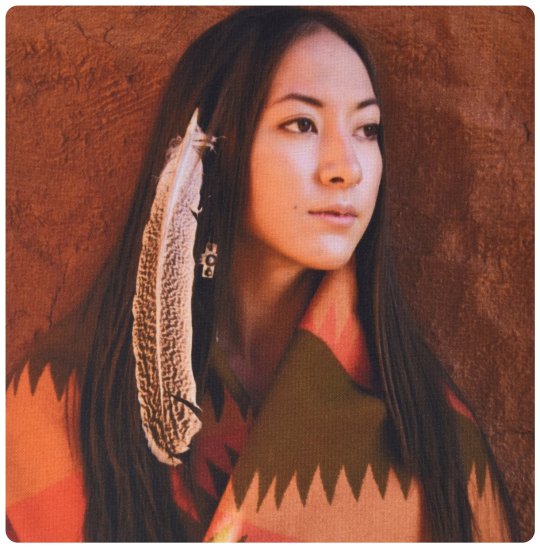
Cherokee Beloved Woman Nancy Ward
Nancy Ward, or Nan'yehi (nan yay hee), is the most famous Cherokee Beloved Woman. The role of Beloved Woman, Ghigau (Ghee gah oo), was the highest a Cherokee woman could aspire to. A Ghigau had a voice and vote in General Council, leadership of the Woman's Council, the honor of preparing and serving the ceremonial Black Drink, the duty of ambassador of peace-negotiator, and the right to save the life of a prisoner already condemned to execution.
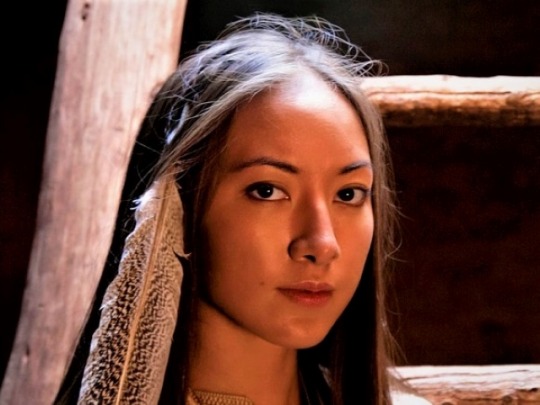
The Native American Cherokee
The word Cherokee is believed to have evolved from a Choctaw word meaning "Cave People." It was picked up and used by Europeans and eventually accepted and adopted by Cherokees. Traditionally, the people now known as Cherokee refer to themselves as aniyun-wiya, a name usually translated as "the Real People," sometimes "the Original People."
The Role of the Cherokee Woman
The Cherokee were matrilineal with a complex society structure. Clan kinship followed the mother's side of the family. The children grew up in the mother's house, and it was the duty of an uncle on the mother's side to teach the boys how to hunt, fish, and perform certain tribal duties. The women owned the houses and their furnishings. Marriages were carefully negotiated, but if a woman decided to divorce her spouse, she simply placed his belongings outside the house. Cherokee women also worked hard. They cared for the children, cooked, tended the house, tanned skins, wove baskets, and cultivated the fields. Men helped with some household chores like sewing, but they spent most of their time hunting.

Women in the Cherokee society were equal to men. This privilege led an Irishman named Adair who traded with the Cherokee from 1736-1743 to accuse the Cherokee of having a "petticoat government."
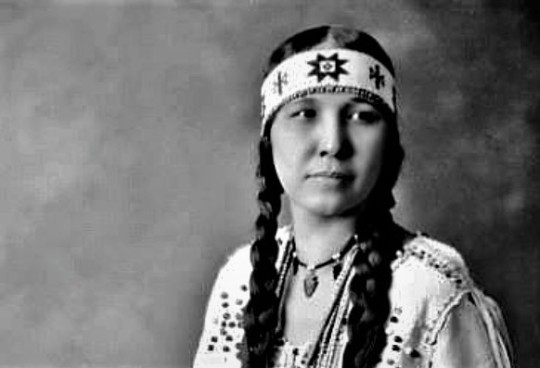
Princess Tsianina Red Feather
Tsianina Red Feather was not a "Princess." The Cherokee never had princesses. This is a concept based on European folktales and has no reality in Cherokee history and culture. Beloved women and high ranking women in a clan were treated with such reverence, that Europeans assumed they were some type of royalty.
Red Feather was born Florence Tsianina Evans on December 13,1882 in Eufallia (Oklahoma Territory) to Creek and Cherokee parents. All her 9 siblings were musical, but she was the one who stood out.
At age 14, she went to Denver to be trained to sing. There, she met the composer Charles Cadman and began touring with him at 16. She became a mezzo soprano virtuoso. While touring the United States, Canada, Paris and London, she wore native dress, braided her hair and wore a headband she beaded herself.

In 1918, she and Cadman debuted "Shanewis" (The Robin Woman) at the Metropolitan Opera; the cast received 22 curtain calls. Cadman based the opera on Native American stories told by Redfeather. Although this opera had many firsts, it became the first contemporary opera to be performed for a 2nd season at the Met.

The Robin Woman: Shanewis, 1918 - an opera in one act and two scenes by American composer Charles Cadman and Tsianina Redfeather Blackstone. Cadman called the work an "American opera."
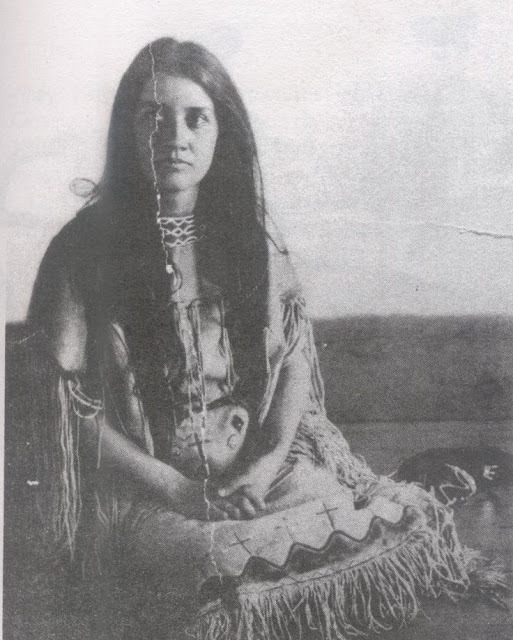
Photo is Miss Anna Trainor, who later became Mrs. Anna Bennett. She was only Cherokee on her mother's side, but because it was the woman's bloodlines that determined kinship, she was considered Cherokee.
The title Ghigau also translates to "War Woman," and Nan'yehi (Nancy Ward) earned the title by taking up her husband's gun when he was slain in a battle against the Creeks and leading her people to victory. Another War Woman, Cuhtahlatah, won honor during the American Revolutionary period by leading Cherokee warriors to victory after her husband fell. She later joined in a vigorous war dance carrying her tomahawk and gun.
It was important to the Cherokee that their losses be compensated with the same number of prisoners, scalps, or lives. Woman led in the execution of prisoners. It was their right and responsibility as mothers. Women had the right to claim prisoners as slaves, adopt them as kin, or condemn them to death "with the wave of a swan's wing."
In the Cherokee society your Clan was your family. Children belonged to the entire Clan, and when orphaned were simply taken into a different household. Marriage within the clan was strictly forbidden, or pain of death. Marriages were often short term, and there was no punishment for divorce or adultery. Cherokee women were free to marry traders, surveyors, and soldiers, as well as their own tribesmen.
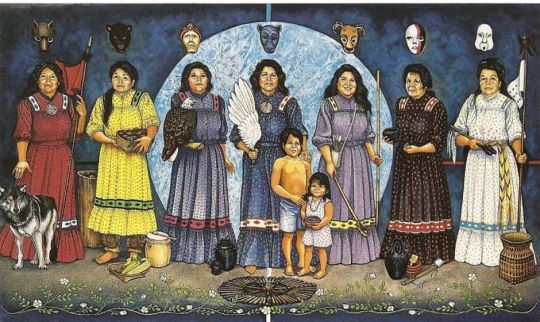
7 Cherokee Clans - L to R: 1.Wolf Clan 2.Long Hair Clan 3.Red Tail Hawk Clan 4.Blue Holly Clan 5.Deer Clan 6.Paint Clan 7.Wild Potato Clan
Cherokee girls learned by example how to be warriors and healers. They learned to weave baskets, tell stories, trade, and dance. They became mothers and wives, and learned their heritage. The Cherokee learned to adapt, and the women were the core of the Cherokee.
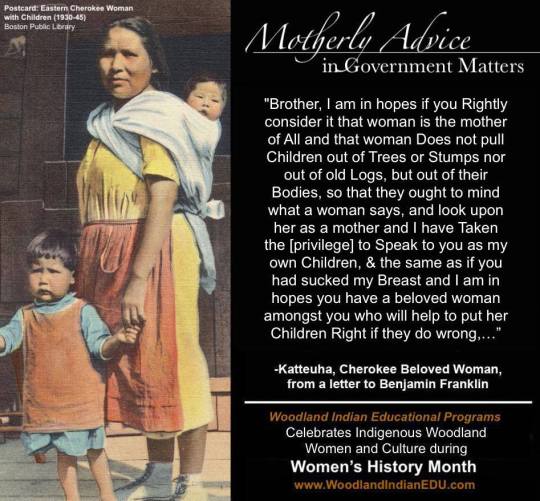
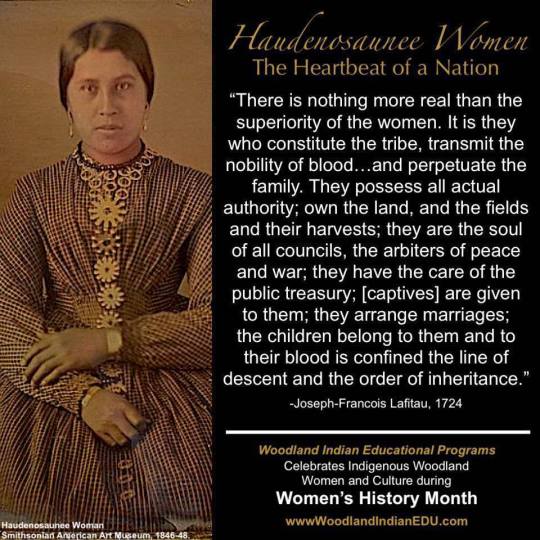
Other indigenous nations were were matrilineal. Women of the six nations Iroquois confederacy (Haudenosaunee) had a political voice on this land for at least 1,000 years.
The male chiefs who are the representatives of their clan in the confederacy of the Mohawk, Oneida, Onondaga, Cayuga, Seneca, and Tuscarora Nations are selected, held in office, and removed by women – the clan mothers. Founded on the shores of Onondaga Lake, this oldest continuing democracy in the world is based on a system of gender balance. The position of the chief is vested in the clan mother, who is the eyes and ears of the people, while the chief is her voice. Women were “the great power among the clan, as everywhere else,” Elizabeth Cady Stanton marveled. Lucretia Mott wrote about listening to “speeches of their chiefs, women as well as men” (clan mothers and chiefs) when she visited the Cattaraugus Seneca community during the summer of 1848 before Mott, with Stanton and Quaker friends, organized the Seneca Falls convention.
In other words, the Beloved and Haudenosaunee women influenced the Women's Suffrage Movement.
#original people#cherokee#native american#Beloved Woman#nancy ward#choctaw#Shanewis#clan#indigenous#women#katteuha#haudenosaunee woman#Iroquois confederacy#suffragette#women's suffrage#Elizabeth Cady Stanton#Lucretia Mott#Seneca Falls#clans#society#culture
227 notes
·
View notes